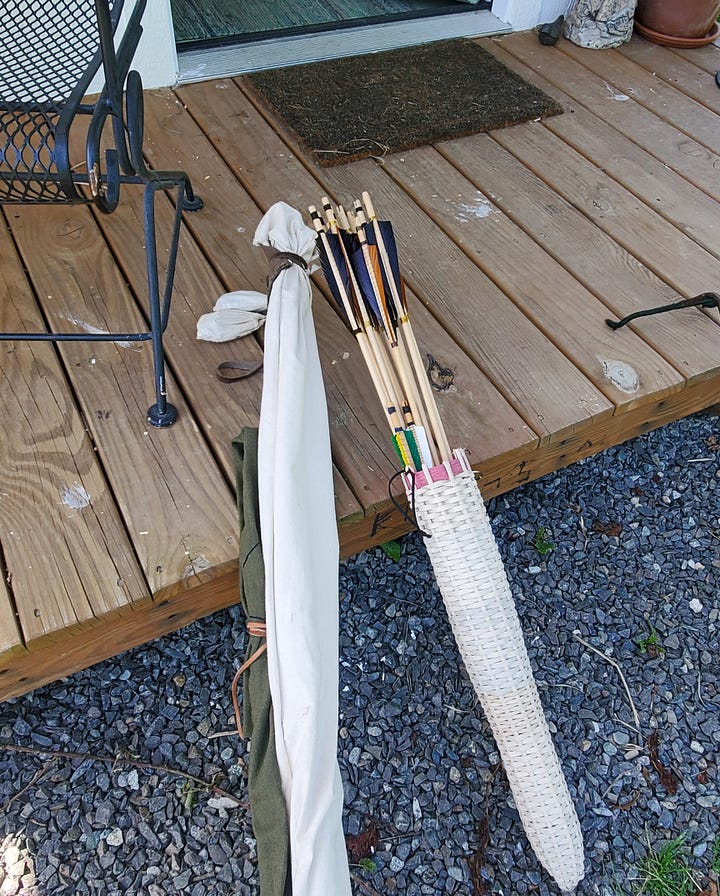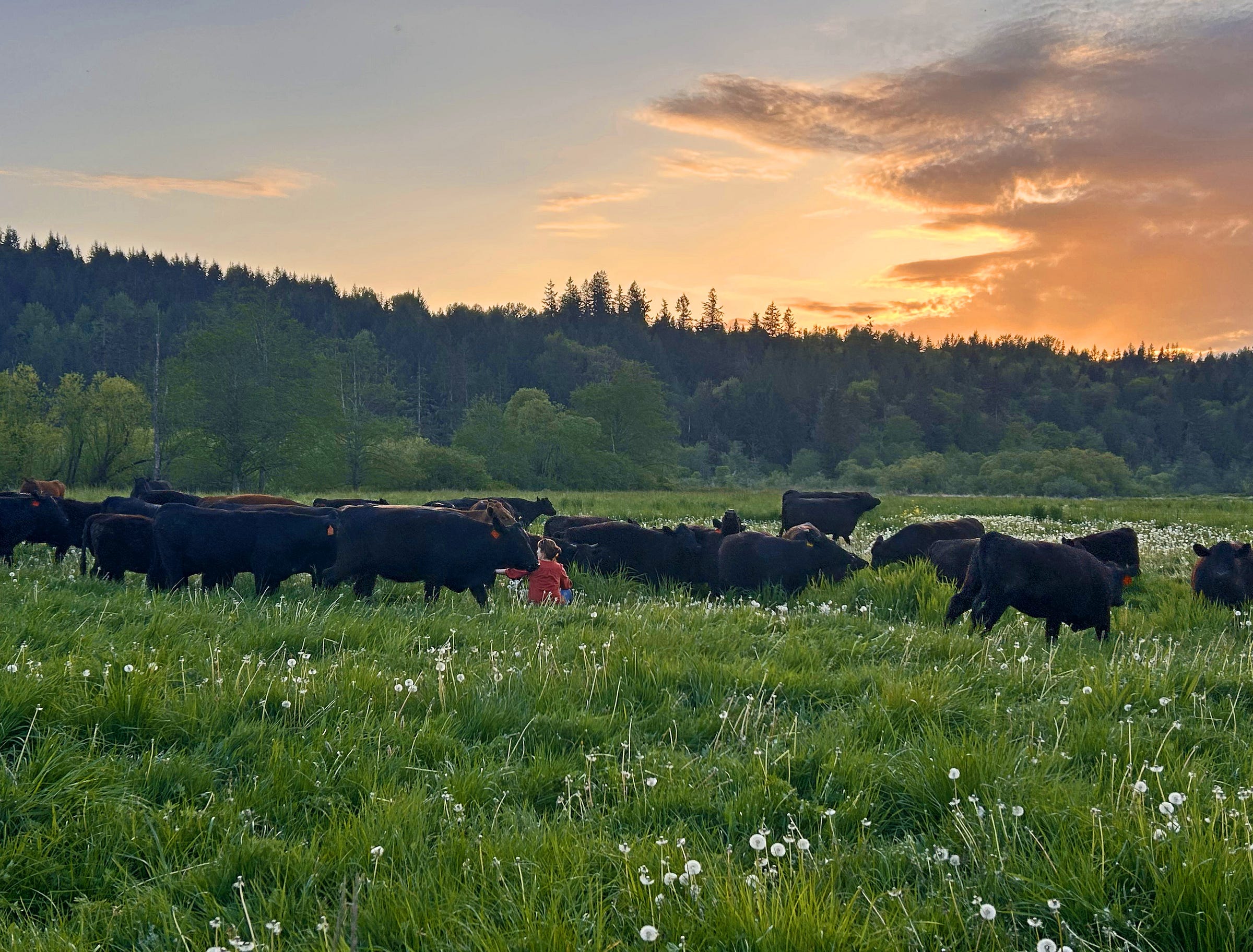gather: St. George
Slaying dragons, blessing fresh pasture, & crowning cows
On St. George’s Day, when blue is worn
The harebells blue the fields adorn.Traditional
For the past few years, I’ve hosted a Liturgical Life group. We’re a diverse gathering - of all ages, from a variety of denominations, learning alongside each other and working to graft the traditions of the liturgical calendar into our own varied circumstances.
Way back when we first started hosting liturgical life groups, St. George’s Day was one of our first celebrations…so it was especially sweet getting to re-visit this feast as a group again (both with familiar faces and new friends!)
And this is one of the remarkable pieces of wisdom that unfolds through regular attention to the Church calendar: our own memories and experiences become interwoven with the rhythms that embody the life of Christ and his Saints.
Celebrating St. George with friends again brought forward little glimpses of distant memories for our kids - the same feast, but all of us at very different stages of life, experiencing it from different perspectives, in a different place.1
This time around, I wanted to explore a few different facets of St. George’s life and the traditions that grew around his feast day - one part more focused on his legendary vocation, the other on the extension of his protective nature to farm animals.
Dragon-slaying was in order…and to help us become more immersed in St. George’s mythic dragon battle and its impactful meaning - as well as his connection to England - I felt like our dragon-slaying needed to involve English longbows. Fortunately, I knew just the bowyer and fletcher to help me make that possible.


So, join me for an evening of English tea treats, archery, herd-blessings…and crowning cows with flowers!




